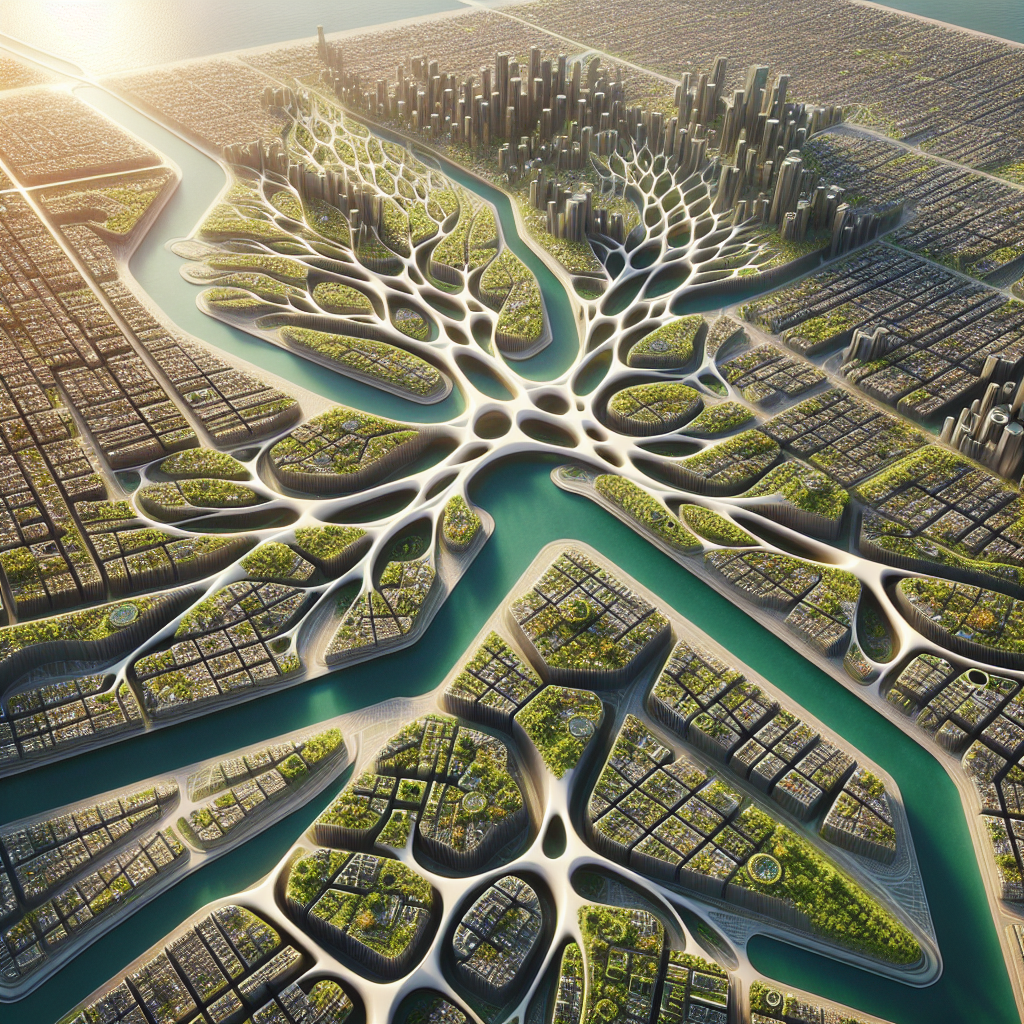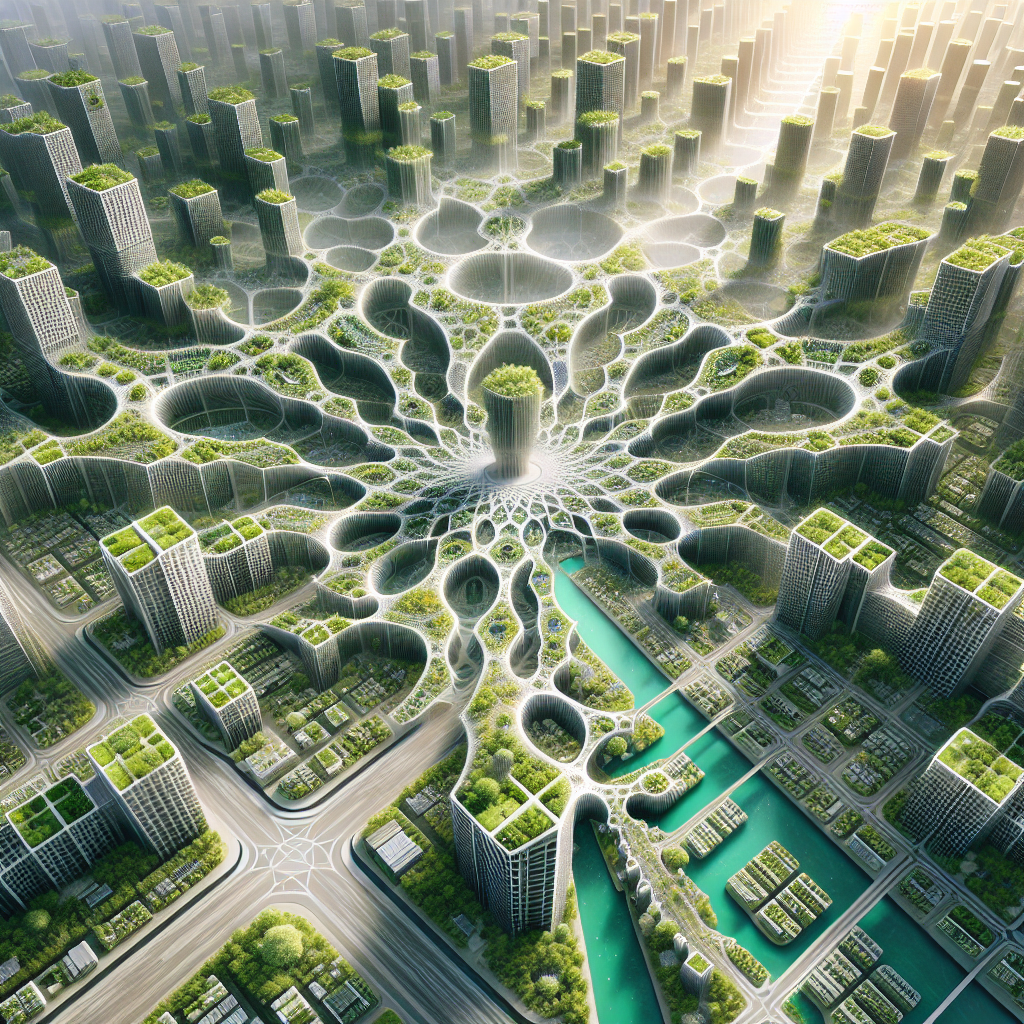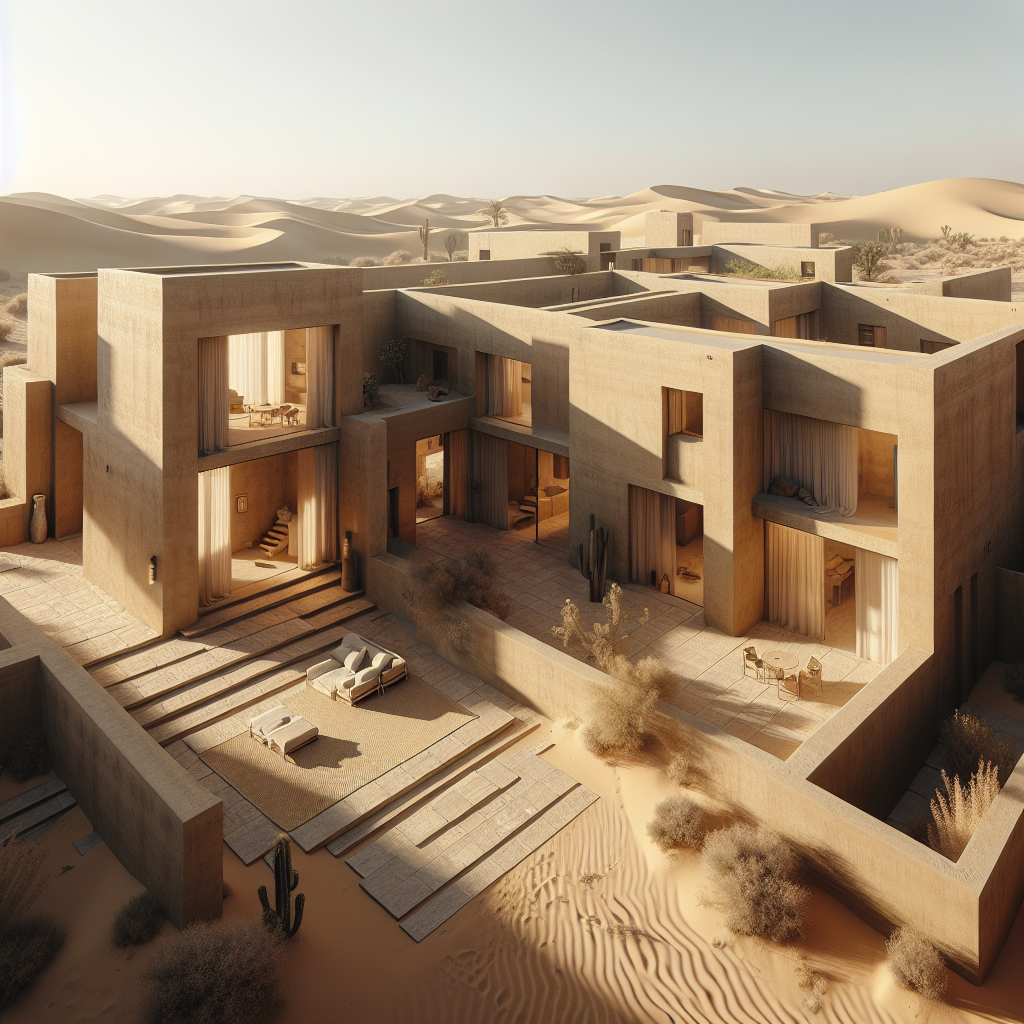Urban fractal expansions: neighborhoods branching like tree roots

Urban Fractal Expansions: Neighborhoods Branching Like Tree Roots
In the evolving lexicon of urban design, the term “urban fractal expansions” has begun to resonate with architects, planners, and theorists seeking to redefine how cities grow. Inspired by the recursive geometry of nature—particularly the way tree roots branch and interconnect—this emerging paradigm proposes a model of urban development that is both self-similar and adaptive. It challenges the rigid grid, replacing it with a dynamic, organic system where neighborhoods proliferate like living organisms, expanding through fractal geometry rather than linear planning.
The Geometry of Growth: From Nature to Neighborhood
Fractals, as defined by mathematician Benoît Mandelbrot, are infinitely complex patterns that are self-similar across different scales. In nature, they appear in the veins of leaves, the branching of rivers, and the mycelial networks beneath forests. Translating this concept into urbanism means envisioning cities that grow through modular, repeating units—each capable of functioning independently while remaining connected to the larger whole.
In practice, this translates into neighborhoods that evolve like root systems: branching outward from a central node, adapting to terrain, resources, and human needs. Streets curve like tributaries, courtyards form micro-hubs of social exchange, and green corridors weave through built structures, ensuring permeability and biodiversity. The result is a city that feels less like a machine and more like an ecosystem.
Fractal Urbanism in Context
The notion of fractal cities is not entirely new. Theorists such as Nikos Salingaros and Christopher Alexander have long advocated for urban forms that reflect the organic logic of natural systems. Yet, only recently—with advances in computational design, data analytics, and AI-driven urban modeling—has the concept become operationally viable.
Contemporary examples are emerging across the globe. In Medellín, Colombia, informal settlements have expanded fractally, responding to topography and social networks rather than imposed zoning. In Copenhagen’s Nordhavn district, planners have experimented with modular “cells” that grow incrementally, allowing the neighborhood to evolve organically over time. These projects embody the fractal principle of scalability: each unit—whether a block, plaza, or building—contains the DNA of the whole city.
Branching Networks and Human Connectivity
At the heart of urban fractal expansions lies a profound shift in how we perceive connectivity. Traditional urban planning often prioritizes efficiency—straight lines, direct routes, centralized hubs. Fractal urbanism, by contrast, embraces distributed networks that mimic the resilience of root systems or neural pathways. Each node, or neighborhood, becomes both autonomous and interdependent, capable of sustaining local economies, energy systems, and cultural identities.
This decentralized model aligns with the growing movement toward community-driven architecture. It empowers residents to shape their surroundings, fostering a sense of ownership and belonging. The branching pathways of these neighborhoods encourage serendipitous encounters, slower movement, and richer social interactions—qualities often lost in the efficiency-obsessed logic of modern cities.
Material Ecology and Fractal Aesthetics
Architecturally, the aesthetic of fractal expansion manifests in layered façades, porous boundaries, and recursive spatial hierarchies. Buildings echo the complexity of their urban context, with patterns that repeat across scales—from window lattices to street grids. The visual language is one of rhythm and variation, evoking the intricate symmetry of coral reefs or the branching veins of a leaf.
Material choices reinforce this organic sensibility. Timber, with its visible grain and renewable nature, has become a favored medium for architects exploring fractal geometries. The rise of wooden skyscrapers exemplifies how natural materials can scale sustainably within urban contexts. Similarly, modular prefabrication and digital fabrication techniques allow for parametric repetition—each component unique yet part of a coherent whole.
Ecological Urbanism: Cities as Living Systems
Fractal urbanism dovetails seamlessly with the principles of biophilic design and ecological urbanism. By integrating natural systems into the city’s structure, it enhances resilience against climate change and environmental stress. Green corridors act as both ecological arteries and social spaces, while water management systems mimic the flow of natural watersheds.
Recent studies published by the UN-Habitat indicate that cities adopting distributed, nature-based infrastructures demonstrate greater adaptability to extreme weather events. Fractal expansion, with its emphasis on redundancy and interconnection, provides a blueprint for such adaptive resilience. It ensures that if one branch fails, the system as a whole continues to thrive.
Digital Tools and the Algorithmic City
The digital revolution has made it possible to simulate and implement fractal growth patterns with unprecedented precision. Parametric modeling tools, such as Grasshopper and Rhino, allow architects to generate branching structures that respond to real-time data—population density, solar exposure, or pedestrian flow. These algorithmic frameworks mirror the self-organizing principles found in nature, producing cities that evolve intelligently rather than through static masterplans.
In this sense, the fractal city is a form of living computation. It learns, adapts, and regenerates. The integration of virtual reality in architecture further enables designers to visualize these complex systems immersively, ensuring that the resulting environments remain both functional and emotionally resonant.
Case Study: The Rooted City Concept
One of the most compelling conceptual explorations of urban fractal expansion is the “Rooted City” proposal by the Dutch firm MVRDV. Designed for a hypothetical site in Southeast Asia, the project envisions a metropolis structured like a mangrove forest—dense at the core, branching outward into smaller, self-sufficient clusters. Each cluster contains housing, workspaces, and communal gardens, connected by pedestrian “roots” that double as water channels and green corridors.
The design blurs the boundary between architecture and landscape. Buildings emerge from the ground like trunks, their façades textured with vertical gardens and photovoltaic panels. Interiors feature open atria and porous partitions, allowing light and air to flow freely. The result is a city that breathes—a living organism sustained by its own metabolic systems.
Socio-Spatial Implications: The Human Scale Reclaimed
Fractal urbanism’s greatest strength may lie in its ability to reconcile the macro and micro scales of urban life. By embedding the logic of small communities within the fabric of the metropolis, it restores the human scale often lost in megacity development. Streets become walkable, plazas intimate, and transitions between public and private space more fluid.
This approach resonates with the broader shift toward sustainable urban mobility and the 15-minute city model, where daily needs are accessible within a short walk or bike ride. Fractal expansions naturally support this framework, as each node functions as a microcosm of the larger city—complete, connected, and adaptable.
Challenges and Future Directions
Implementing fractal urbanism at scale requires a fundamental rethinking of planning policies and governance structures. Traditional zoning laws, infrastructure systems, and property boundaries are often too rigid to accommodate organic growth. Moreover, the success of fractal expansion depends on interdisciplinary collaboration—between architects, ecologists, data scientists, and local communities.
Yet the potential rewards are profound. As cities grapple with climate change, population growth, and social fragmentation, the fractal model offers a vision of urban resilience and regenerative design. It invites us to imagine cities not as static artifacts but as evolving ecosystems—rooted, responsive, and alive.
Conclusion: Toward a Rooted Urban Future
Urban fractal expansions represent more than a design trend; they embody a philosophical shift in how we conceive the city. By drawing inspiration from the branching intelligence of nature, architects and planners are crafting environments that grow with us, not against us. These neighborhoods—branching like tree roots—suggest a future where cities are not imposed upon the








